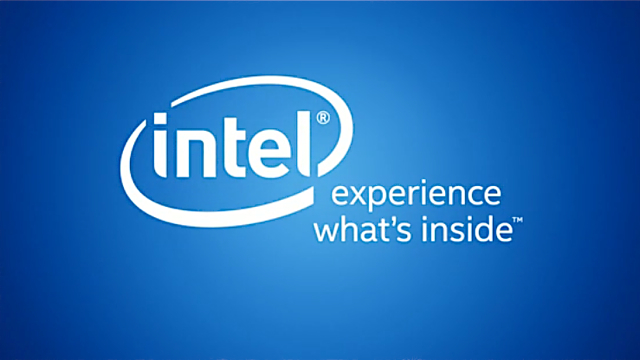The Intel AI Lab, which open-sourced a library for natural language processing, plans to open-source more such libraries, to help developers and researchers speed up the process of giving virtual assistants and chatbots functions such as name entity recognition, intent extraction and semantic parsing. With new libraries, these developers can also publish research, train and deploy artificial intelligence and reproduce the latest innovations in the AI community. Intel’s first conference for AI developers was held May 23-24 in San Francisco.
VentureBeat reports that the Intel AI Lab employs “about 40 data scientists and researchers and works with divisions of the company developing products like the nGraph framework and hardware like Nervana Neural Network chips.”
“We would like to contribute this back to the open source community,” said Intel AI Lab head of data science Yinyin Liu. “At this point we’ve put together a set of deep learning-driven NLP models. It’s not specific for any particular applications or domains just yet, but at Intel we are working with partners and developers to look at potential use cases and use some of these building blocks in order to have [them] in the library.”
Intel AI Lab, which opened in December, has “also open-sourced libraries to help people deploy reinforcement learning and neural networks,” such as the newly released neural network distiller library, which “is used to strip away neural connections that are not relevant to the task you wish to accomplish.”
Another, the Coach reinforcement-learning library, “allows users to embed an agent in training environments like robotics or self driving car simulators,” and the NLP library (nlp-architect) “includes tools made using datasets often seen as benchmarks by members of the academic research community, such as the Stanford Question Answering Dataset (SQuAD)” that tests machine reading comprehension.
“We allow developers to actually go download the public benchmark dataset and train the network we created using deep learning architecture,” said Liu. “Then they can launch the training themselves … after the training the developer within the NLP Architect, you can save the model into a certain model file, and then you can use that for inference for your application.”
Also announced is that “TensorFlow and Xeon processors are working better together due to software improvements; and Intel Nervana Neural Net L-1000” is slated for release in 2019.


No Comments Yet
You can be the first to comment!
Sorry, comments for this entry are closed at this time.